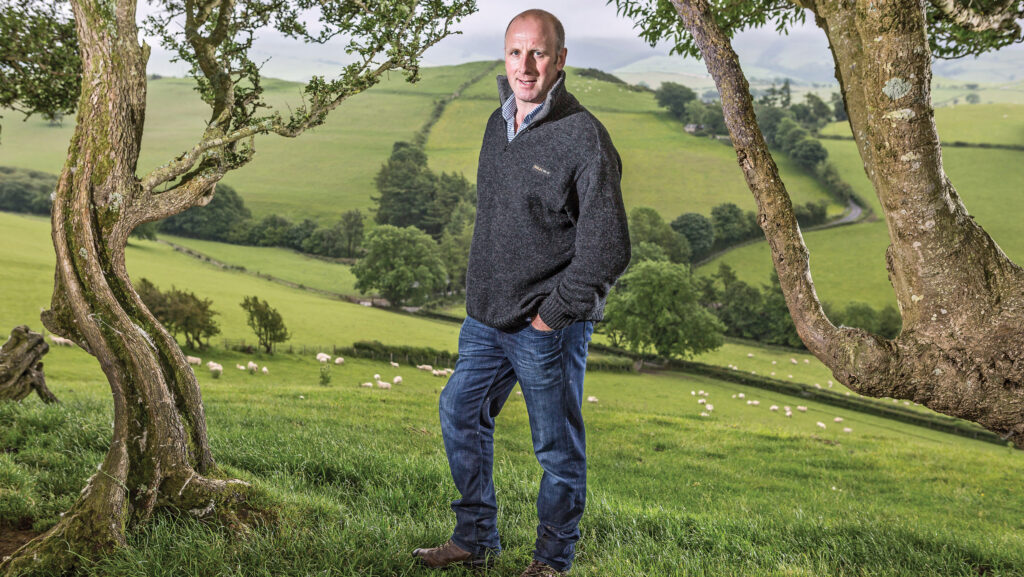Farmer Focus: Sheep scab hits us for third year running
 Dafydd Parry Jones © Richard Stanton
Dafydd Parry Jones © Richard Stanton In early September, a lorry load of our finished cattle headed up to Yorkshire for slaughter. These were 28-month-old heifers, which fattened a bit later than usual.
We were disappointed with weight gains over the winter, so we kept them over the summer to gain weight and condition on grass. We were very pleased with the result.
See also: Video – island rallies to dip 28,500 sheep and beat scab
We’ve had our annual TB test, and were glad to learn again this year that the cattle tested negative for this disease.
However, another animal health problem that has showed up again this year is sheep scab. We are dismayed to have to deal with this yet again, for the third year running.
The source is the same every year, and I can’t see the problem getting any better. We will have to start on a major double-fencing project – or consider going out of sheep.
It’s frustrating as we manage the ewes organically for the whole year, but when we come to finish the lambs, we are losing the organic status (on these particular lambs for 98 days) due to dipping, doubling the normal withdrawal period.
We could sell them conventionally in November, or we wait till January to regain the organic market – but that will be mid-winter, and not ideal.
We had some scab-free lambs and finished them and sent them to the local abattoir.
After a few months of lambs being slow to finish, at last we had some satisfying results of good condition and weights.
A good lamb result has a very positive effect on morale and raises your confidence in your ability to do the job.
Back in mid-September, we weighed the steers to gauge summer weight gains on grass, and to determine plans.
We expect to finish the cattle in eight out of 10 years, given inconsistent weather.
They usually fatten by about 20 months on red clover, with very little feed, but this year, they averaged 460kg, well short of our target of 520kg or more.
I’ve booked them into a store market sale this morning.
We took faecal samples up to the vet to identify any worm burden or other health issues, but everything seemed to be fine. We’ll just have to accept it’s that type of year.

